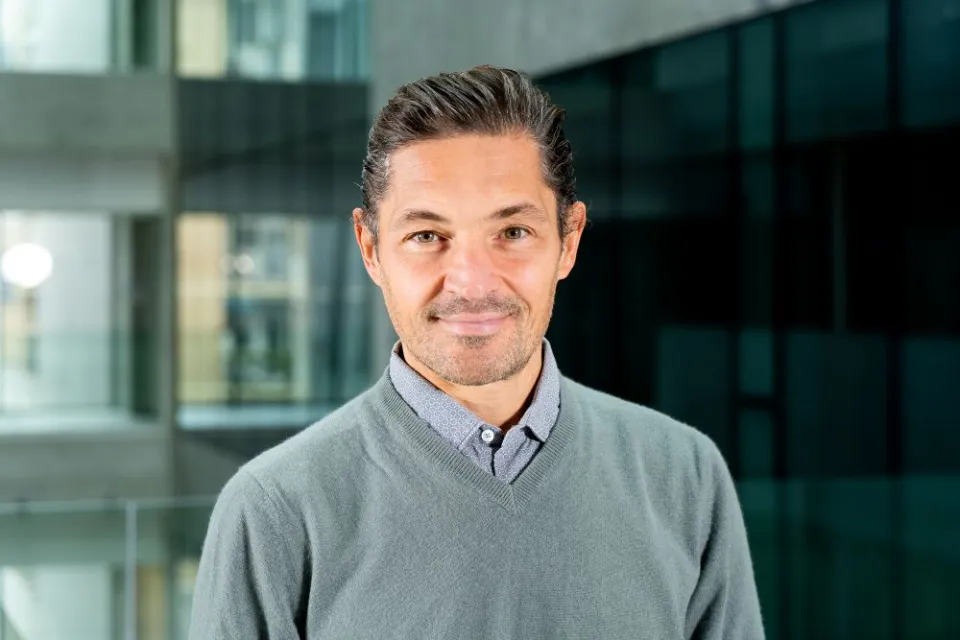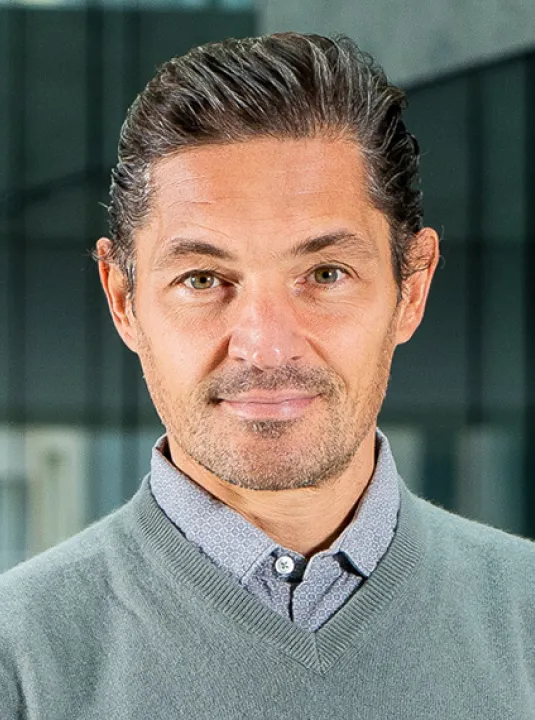
How Memory Shapes Risk
How do we formulate beliefs when faced with something completely new, like a pandemic or the AI revolution, for which we have no comparable past experience to rely on? Traditional economics says that we should resort to statistics and rational inference, updating our beliefs along the way as if we were all Bayesian calculators. But real life doesn’t work like that. During Covid, people didn’t just look at data, they felt fear, remembered their loved ones who had gotten sick and imagined worst-case scenarios.
In their recent article “Imagining the Future: Memory, Simulation, and Beliefs”, published in the Review of Economic Studies, Nicola Gennaioli (Department of Finance and IGIER, Bocconi), Pedro Bordalo (University of Oxford), Giovanni Burro (University of Heidelberg), Katherine Coffman (Harvard Business School), and Andrei Shleifer (Harvard University) present a new model of belief formation which is based not on statistics, but on the psychology of memory, mental simulation and similarity of experiences. Their hypothesis is that we don’t just calculate, but we also remember, compare and imagine. And that is what makes all the difference.
The theory: beliefs are built by selective memory
Gennaioli and his co-authors argue that faced with novel risks, we simulate outcomes by remembering past experiences, especially the ones that seem similar to the current threat. But our brain does not remember everything equally. It favors experiences that are more vivid or easier to recall, even if they are only loosely related. This selective memory process gives rise to two effects: simulation boost (if an experience seems similar to the current threat, it increases our estimate of the danger); interference effect (the same experience can crowd out memories that are more relevant, distorting our judgment).
They write: “When a person thinks about an event, different experiences compete for retrieval, and retrieved experiences are used to simulate the event based on how similar they are to it.” The idea of similarity-driven memory simulation is a stark departure from classical economics, which presupposes that people act on the basis of coherent and relevant information.
The model introduces a hierarchy of experience effects based on similarity. Domain-specific (DS) experiences, such as knowing someone who had COVID, carry more weight. But Non-domain-specific (NDS) experiences, such as remembering a hospitalization for another illness, can still influence beliefs, sometimes more so.
The COVID experience: when memory beats data
The authors tested their theory using three US surveys conducted in 2020. The results were striking. On average, people significantly overestimated the COVID death rate, placing it around 8.6%, whereas scientific estimates put it at just 0.68%. Moreover, individuals who had recently been hospitalized for unrelated reasons tended to hold a more pessimistic view of the virus.
Even more surprising is the fact that older people, who were most at risk, were less pessimistic than younger people. Why? The authors argue that this is because older individuals have more life experiences, which dilute the memory signal of COVID-specific risks. Their minds were crowded with dissimilar experiences that interfered with the more relevant ones.
As the authors argue, “experiences and their measured similarity to the cued event help account for experience effects, priming effects and the interaction of the two in shaping beliefs.”
The experiment: cyberattacks and priming
To further test their model, the researchers conducted an experiment on beliefs about cyberattack risks in 2023. Participants were asked to recall a specific past experience (such as identity theft or financial stress) before estimating the likelihood of a serious cyberattack. This is technically called “priming.” The key findings reveal that priming was effective: when participants were reminded of similar experiences, they tended to estimate the risk of a cyberattack as higher. However, the effect depended on how similar the experience seemed to them. For example, reminders about identity theft had a stronger impact than those about financial stress. Most notably, priming one specific experience reduced the influence of others, supporting the hypothesis of cognitive interference.
This experiment provided strong confirmation of the theory, the authors find: “Beliefs are shaped endogenously by what is recalled and how it is used, and in particular that domain-specific experiences may fail to be retrieved.”
Navigating the unknown
We don’t think according to clear-cut categories, but in terms of memories. When the future is uncertain, we simulate what might happen using the past we can remember, not just the facts we know. This path-breaking research study doesn’t just show that memory influences beliefs, it shows how it does so and why it matters.
By basing belief formation on similarity, selective recall and mental simulation, the authors offer a cognitive model that helps explain why people overreact to rare events, underreact to actual risks, and can disagree strongly even when faced with the same reality. This is a surprising reframing of how individual judgment works, not as a flaw in reasoning, but as a deeply human mechanism for navigating the unknown.
THE PAPER
Imagining the Future: Memory, Simulation, and Beliefs by Nicola Gennaioli, Pedro Bordalo, Giovanni Burro, Katherine Coffman, Andrei Shleifer
